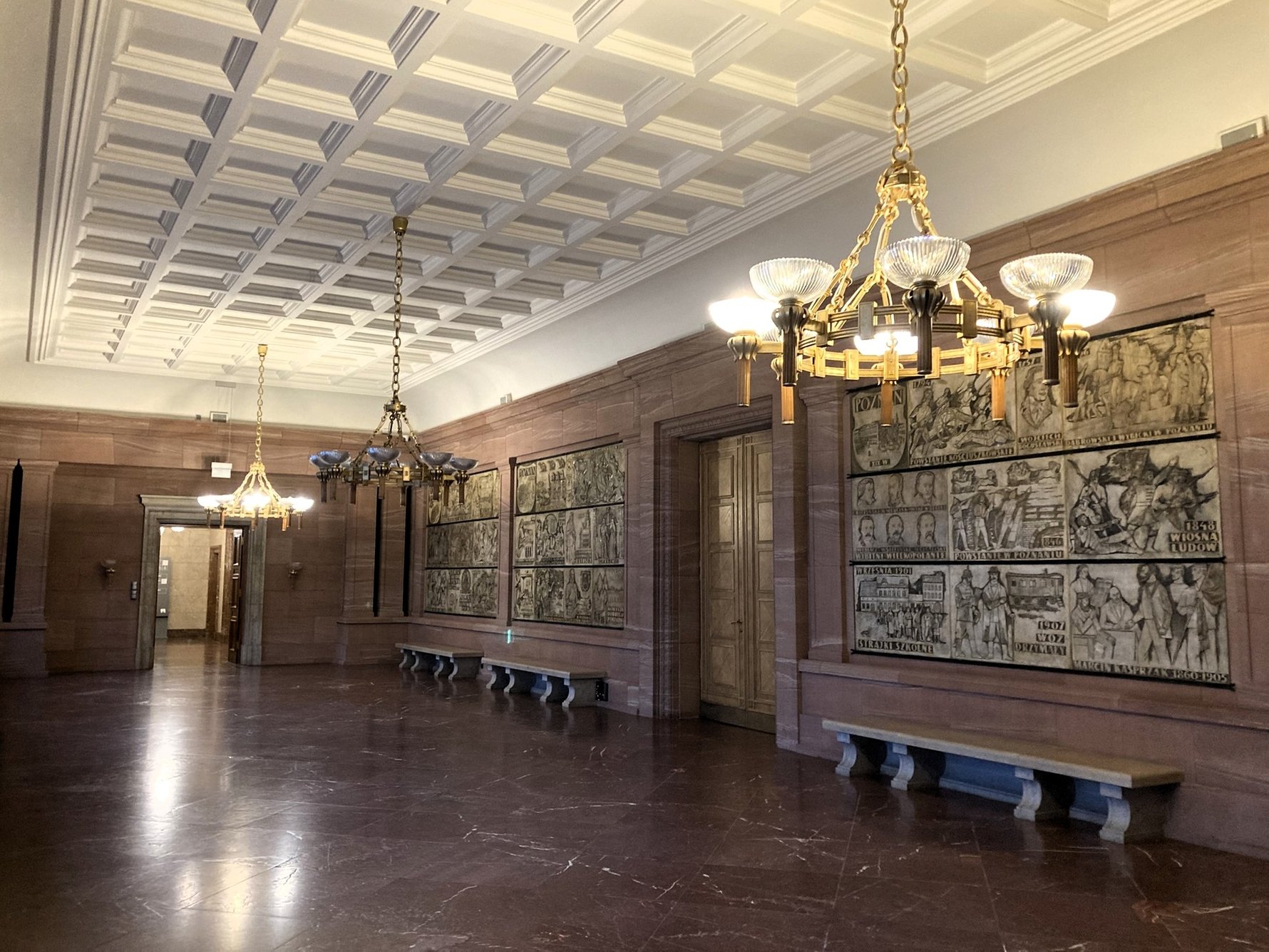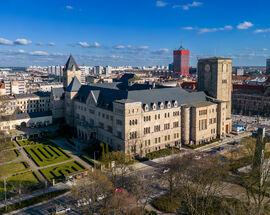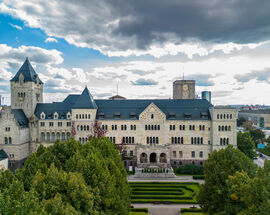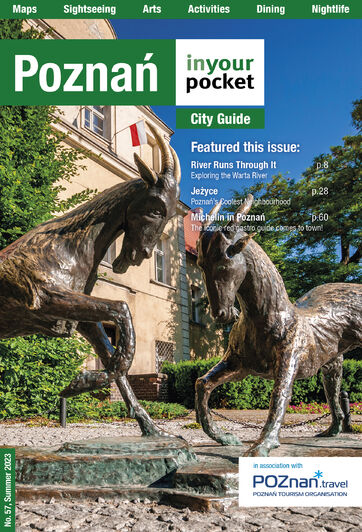More a palace than a 'castle' (its Polish name translates as such), Poznań's fearsome 'Zamek' was once a symbol of the on-and-off occupation by Poland's western neighbours, though it has since been repurposed as one of the city's most important cultural spaces!

Work began on the imperial castle in 1905, to serve as the provincial residence of Kaiser Wilhelm II. Designed in the neo-Romanesque style by Franz Schwechten, the west wing held Wilhelm's living quarters, the east wing his immaculate throne room, with the northern part of the complex consisting of service rooms and beautiful gardens based on the Alhambra's Courtyard of the Lions. The Kaiser got the keys in 1910 but didn't stay long before WWI and the following Wielkopolska Uprising resulted in a Polish Poznań once again. Between the wars the Zamek became the seat of Poznań University, before the Third Reich swooped in and Albert Speer, Hitler’s pet architect, transformed the tower chapel into the Fuehrer’s office (though Hitler would never step foot in Poz), and the second floor into the residence of Arthur Greiser (Nazi governor of the district). The castle was badly damaged during the Soviet liberation and there was even a post-war campaign to have the structure bulldozed. In the end the drastic measures stopped with reducing the principal tower to a third of its original height.
Visiting the Imperial Castle
Today the Castle is home to Zamek Cultural Centre (CK Zamek) – one of the largest cultural institutions in Poland, hosting over 2,500 events annually including concerts, exhibitions, film screenings, theatre performances, workshops, and more (check their website for the current programme). Visitors enter via the East Wing, which has been extensively modified into exhibition, performance, and projection spaces, all surrounding a striking glass atrium with a café and bookstore. In the lobby, you can buy tickets for current exhibits or pay for a self-guided tour of the castle’s more historic West Wing (brochure/map 7zł; audioguide 15/12zł). Although virtually nothing remains of the original furnishings, the empty interiors still convey an air of austere grandeur, and the café is a pleasant pit stop. Visiting time: 30 mins.

Beyond that, you’ll find the 1956 Uprising Museum in the basement, and several bars and clubs with external entrances along the east and west façades. The castle gardens are also open to the public, and the Rose Courtyard fountain - inspired by the Court of Lions in the Alhambra - is one of the few original features to survive WWII intact.


_m.jpg)


_m.jpg)

Comments